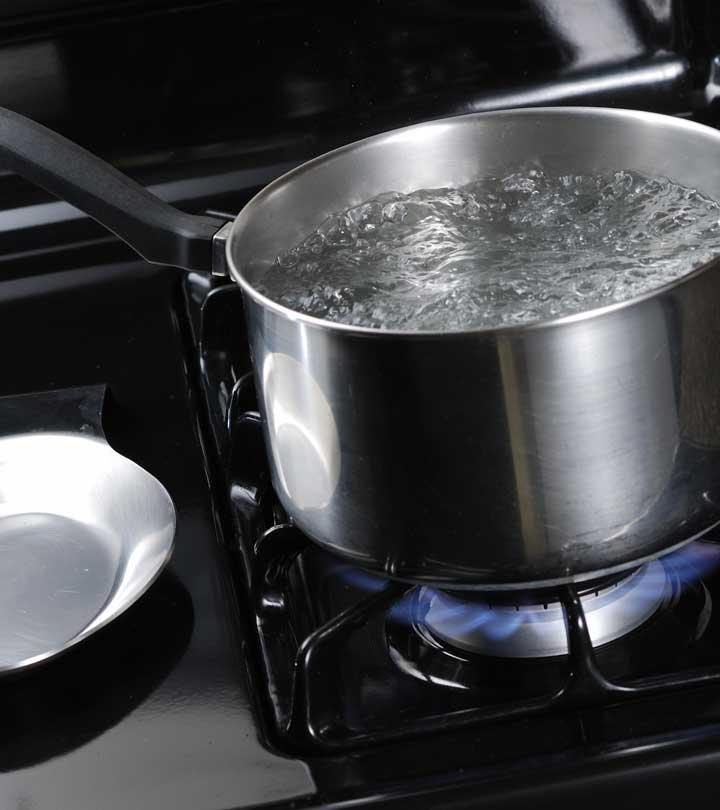Natural disasters can usually lead to food and water shortage. Tap water sources can also be contaminated, especially after storms and flash floods. Here are some ways to get clean water when there's no available supply:
1. Boiling
Boiling is probably the easiest and most common method to have clean and safe water for consumption. Find a heating source and a suitable container for boiling. Wait for a few minutes until the water comes to a rolling boil. For good measure, the Red Cross and FEMA suggest boiling the water for one more minute to kill bacteria, viruses, and parasites.
Image source: Stylecraze.com
2. Iodine
This solution can be found in most first aid kits. A common disinfectant for wounds, this can also be used to treat contaminated water. For each quart of water, use five drops of iodine. However, use up to ten drops if the water is noticeably dark. After treating the water with iodine, wait up to an hour before consuming.
3. Unscented bleach
This is another common household cleaning solution that can be used to purify water during emergency situations. To treat contaminated water, use 5% unscented bleach and add 1/8 of a teaspoon for a gallon of water. Shake the container and wait for an hour before drinking. If the water is still dark after the treatment, use filters before drinking.
Image source: Instructables.com
Water is essential for a person's survival. Knowing these water purification methods can save lives especially in emergency situations.
Captain Martin Lloyd Sanders is an expert in biological safety, field medical operations, biosecurity, occupational safety and health, infectious disease epidemiology, environmental health services, and occupational health and wellness programs. Visit this page for more updates on his field of work and study.


No comments:
Post a Comment